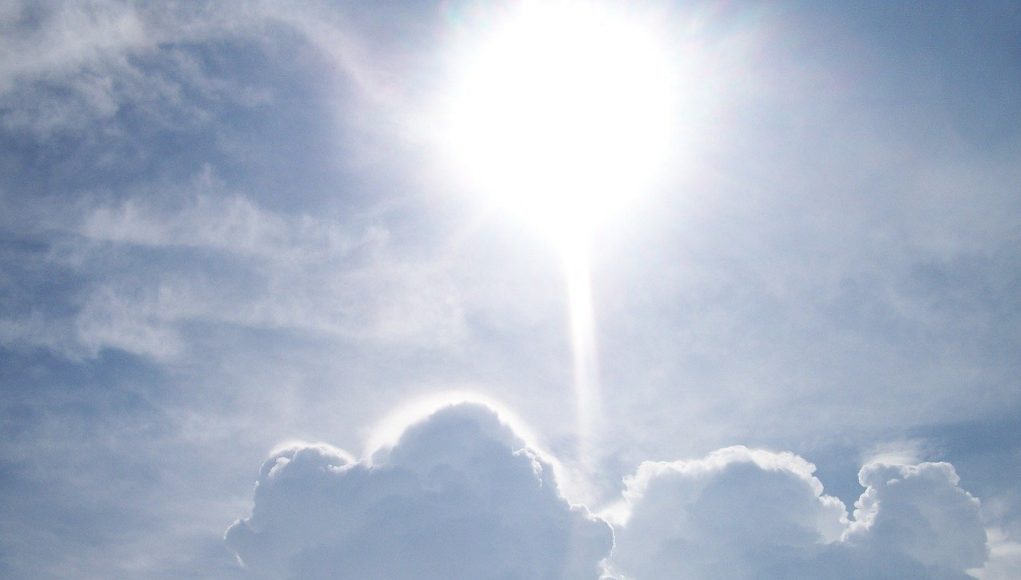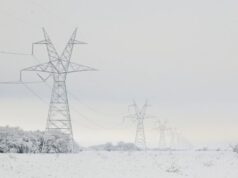The relationship between aerosols (particulate matter) and their cooling effect on the Earth due to the formation of clouds is more than twice as strong as was previously thought. As the amounts of aerosols decrease, climate models that predict a faster warming of the Earth are more probable. These are the conclusions of researcher Otto Hasekamp from SRON Netherlands Institute for Space Research, who published the results in Nature Communications. He carried out his research together with Edward Gryspeerdt from Imperial College London, and Johannes Quaas from Leipzig University.
Since the 1970s, scientists have known that particulate matter in the air can give rise to clouds that reflect more light than clouds in a “clean” atmosphere. Clouds in “polluted” air contain more water droplets. Their stronger reflection has a cooling effect on the Earth.
Suitable particles
Water droplets arise when water condenses on aerosol particles. Thanks to the laboratory work of colleagues, it has already been known for some time that some aerosol particles are more suitable as condensation nuclei than others. The suitability depends on the size of the particle as well as how spherical it is.
“For example, desert dust particles barely adsorb any water to form cloud droplets, whereas industrial aerosol is good at forming cloud droplets,” Hasekamp explains. The more suitable condensation nuclei there are in the atmosphere, the greater the number of cloud droplets there will be, and the better the cloud formed will be able to reflect light.
Find your dream job in the space industry. Check our Space Job Board »
New analysis method
Satellites have also been used in the past to investigate the relationship between the quantity of aerosols and the quantity of cloud water droplets. Back then, the number of condensation nuclei was estimated by measuring the extent to which light was attenuated by the particulate matter present. That led to weak estimations of the effect of aerosols on clouds.
Hasekamp and his fellow researchers used a new analysis method developed by SRON on existing satellite data from the French satellite POLDER to derive not only the quantity but also the size and shape of aerosol particles and their suitability as condensation nuclei. Using this approach, the researchers obtained a more accurate picture of the relationship between aerosols and their cooling effect.
More than twice as strong as estimated
“In its Fifth Assessment Report, published in 2013, the Intergovernmental Panel on Climate Change (IPCC) of the United Nations emphasized the importance of satellite results that revealed a weak aerosol effect on clouds, whereas many models reveal a strong effect,” Hasekamp concludes. “We think that the effect is more than twice as strong as estimated by the IPCC.”
The emission of particulate matter in the atmosphere is expected to decrease. Hasekamp says, “This means that the temperature will therefore rise faster, because the cooling will partly disappear. From the various climate predictions, those based on pessimistic models that assume more global warming, are more likely to be correct.”
Even more accurate using PACE/SPEXone
In the future, even more accurate aerosol measurements from space will become available. As POLDER only provides viable measurement above oceans, the estimation of Hasekamp and his colleagues still has a large uncertainty margin. The SPEXone instrument, which SRON is developing in collaboration with Airbus Defense & Space NL to be part of the NASA satellite PACE, will reduce this uncertainty margin by providing accurate measurements above land.
Provided by: SRON Netherlands Institute for Space Research
More information: Otto P. Hasekamp et al. Analysis of polarimetric satellite measurements suggests stronger cooling due to aerosol-cloud interactions. Nature Communications (2019). DOI: 10.1038/s41467-019-13372-2
Image Credit: SRON Netherlands Institute for Space Research











